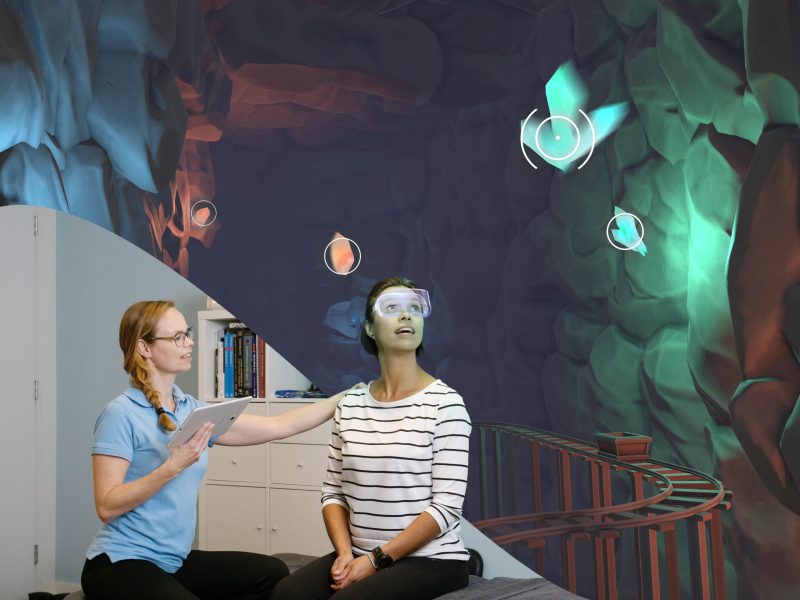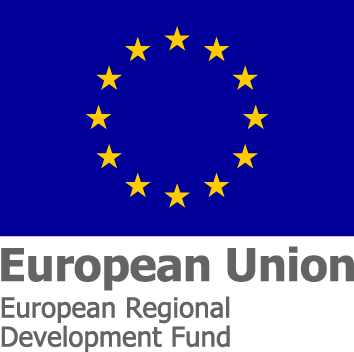
CorpusVR in rehabilitation
In November 2022, students of the physiotherapy degree program at Satakunta University of Applied Sciences tested virtual reality-based rehabilitation games developed by inMotionVR, a company from the Netherlands. The testing was a single time event, lasting two hours, and the participation was voluntary. The testing was part of the Satakunta Testbed project.
Corpus VR is a collection of 22 virtual reality-based rehabilitation games from whom 13 are focusing on cervical spine rehabilitation. The games are played using a Pico VR headset, accompanied by a tablet with access to the game settings. Three games, which focus on cervical spine rotation, lateral flexion and combination of these movements were tested.
Test results
Eight physiotherapy students participated in the testing in pairs and evaluated the product from both, a patient’s, and therapist’s viewpoint. Most students had some experience with virtual reality prior to testing. They were excited to learn about the cutting-edge technology in rehabilitation. All students found the platform/games easy to use, the functions well-integrated and they felt confident using the game. Nobody found the game unnecessarily complex, and nobody thought there was too much inconsistency in the game. Having to learn a lot of things before starting with the game was stronger for students when in the therapist role compared to when in the patient role. Generally, the games were liked, and they were found motivating and interesting, giving a sense of improvement when doing well in the game. The students found the games a “fun way” to improve range of motion (ROM) and more “entertaining than conventional therapy”, adding to the creativity of the session. They found the games useful in pain management and as a remote therapy. The assessment part and the accuracy of the exercising were also praised.
Development ideas
The students identified several user groups to potentially benefit from using the CorpusVR game: teenagers, working life adults and some older adults, neurological patients, and those with range of motion limitations or severe pain.
A few improvement ideas were mentioned. A meaning or story background to make the games more fun and engaging was proposed. Adjusting the game settings was also suggested, e.g., adding recommendations for the game settings based on the assessment results, the possibility to set up the game before it starts, pause the game while “staying in the same universe” to be able to talk to the patient during the game, and enable pause before leaving. A chart of improvements to be shown at the end of the session was also proposed. More engaging games, games that are cognitively interesting and fun, with different difficulty levels, and games involving hand and leg therapy were also suggested. Finally, adding time limit recommendations to avoid fatigue that may arise from wearing the VR headset was also found beneficial.
Feasibility
Despite the testing time being only two hours, the students were able to interact with the platform and games confidently. The number of participants was relatively low, which reduces the reliability of results. However, there were clear indications of where the product works, which areas need improvement and general usability of the product. The inMotion VR company was pleased with the results and will consider the feedback in their product development. In future testing, if having multiple headsets and tablets available, multiple participants could use the platform at the same time. Next step could be testing with physiotherapy professionals.
Text: Anja Poberznik



